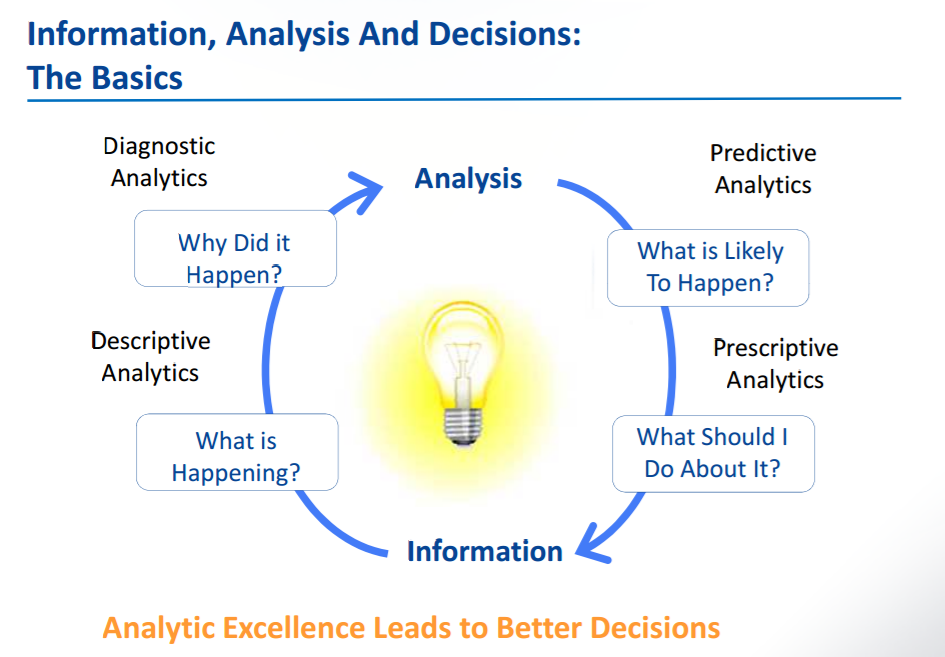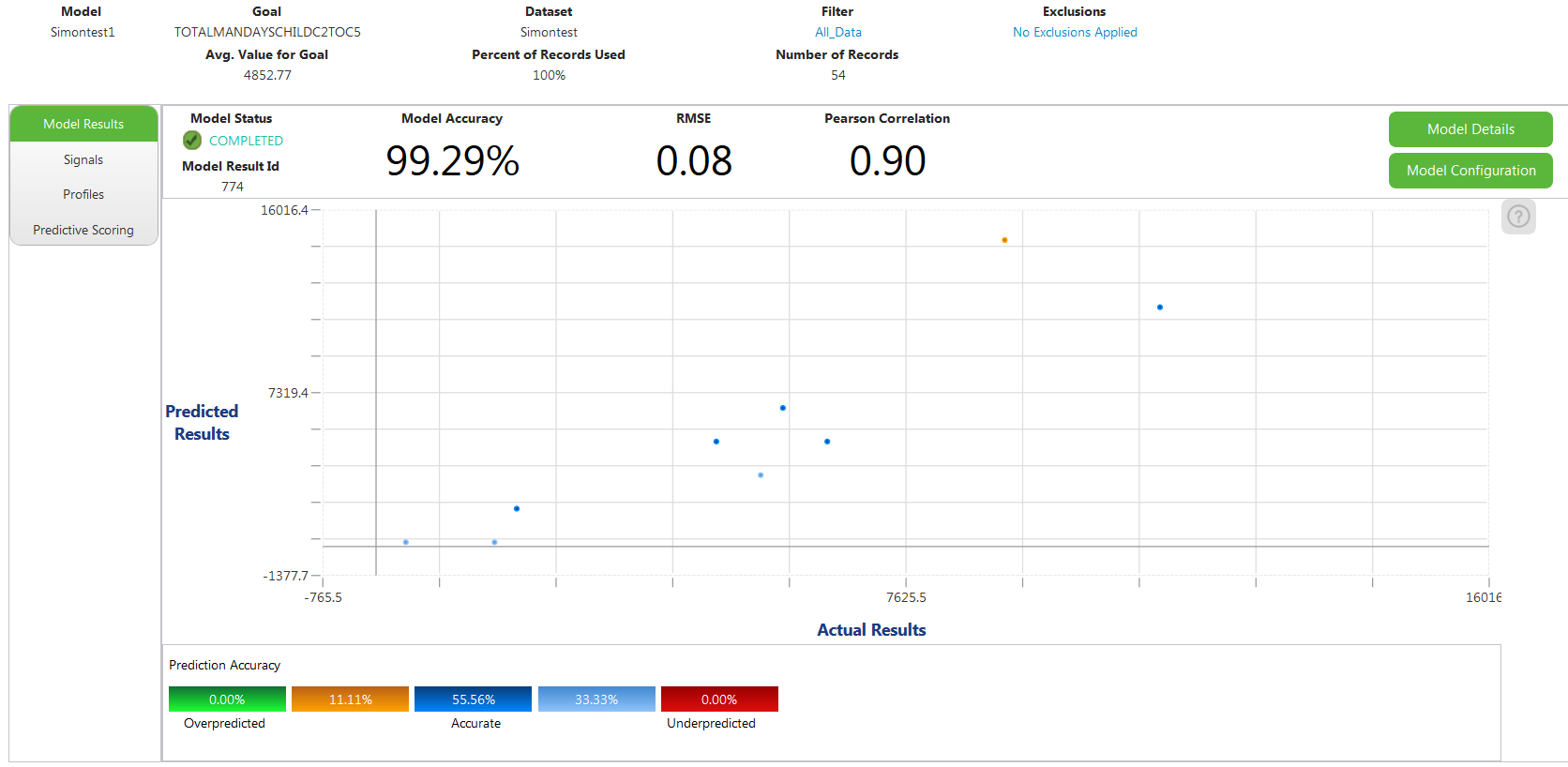- Community
- ThingWorx
- ThingWorx Developers
- Predictive Analytics
- Subscribe to RSS Feed
- Mark Topic as New
- Mark Topic as Read
- Float this Topic for Current User
- Bookmark
- Subscribe
- Mute
- Printer Friendly Page
Predictive Analytics
- Mark as New
- Bookmark
- Subscribe
- Mute
- Subscribe to RSS Feed
- Permalink
- Notify Moderator
Predictive Analytics
There are Four Types of Analytics:

Predictive: What will happen?
Predictive analytics is the use of data, statistical algorithms and machine learning techniques to identify the likelihood of future outcomes based on historical data. It is the branch of the advanced analytics which is used to make predictions about unknown future events. The goal is to go beyond knowing what has happened to providing a best assessment of what will happen in the future. Predictive analytics uses many techniques from data mining, statistics, modeling, machine learning, and artificial intelligence to analyse current data to make predictions about future.
Predictive models use known results to develop (or train) a model that can be used to predict values for different or new data. Modeling provides results in the form of predictions that represent a probability of the target variable based on estimated significance from a set of input variables.
Different techniques of Predictive Analytics:
Decision trees: Decision tree is a type of supervised learning algorithm (having a pre-defined target variable) that is mostly used in classification problems. It works for both categorical and continuous input and output variables. In this technique, we split the population or sample into two or more homogeneous sets (or sub-populations) based on most significant splitter / differentiator in input variables.
Regression: Linear regression is used to establish the relationship between a scalar dependent variable and one or more independent variables (explanatory variables). Linear regression consists of finding the best-fitted straight line through the points. This is known as a regression line. It is one of the most-used predictive technologies.
Neural networks: Neural network is a powerful computational data model that is able to capture and represent complex input/output relationships. The motivation for the development of neural network technology stemmed from the desire to develop an artificial system that could perform "intelligent" tasks similar to those performed by the human brain.
Predictive models: These models are built in order to analyse the current data records in combination with some historical data and facts for making a better understanding using a CPP model (Customer, Product, and Partner) for identifying potential risks and growing opportunities (Just like what E commerce companies are doing now a days).
Use of Predictive Analytics in Thingworx Analytics:
Generation of Prediction model:

It uses a set of predictive analytic algorithms and machine learning techniques to identify meaningful patterns in the data. Based on this analysis of the existing data, a generalized prediction model is generated. This model can then be applied to subsequent data to make predictions associated with specific outcomes.

Generating a prediction model in Thingworx Analytics involves both training the model and validating it. Training is the process by which Thingworx Analytics uses a number of machine learning techniques (see the chart below) to construct a prediction model. The training process leverages 80% of the existing data to build a model and validates it against the other 20%. If the accuracy of the model can be improved, the process optimizes the model in different ways until it produces the model with the highest accuracy for predictions. At the end of the prediction model training process, Thingworx Analytics publishes a ready-for-use model that you can use to start making predictions.
How to Access Predictive Analysis Functionality via Thingworx Analytics:
Thingworx Analytics predictive model generating functionality can be accessed via the following methods:
REST API Service: Using a REST client, you can access the Prediction Model Generation Service which includes a series of API endpoints to submit training and validation requests, retrieve results, list jobs, and more. Requires installation of the Thingworx Analytics Server.
Analytics Builder: As part of the Thingworx Analytics Extension, Analytics Builder provides a user interface for interacting with your data. In addition to loading and configuring a dataset in Analytics Builder, you can also generate a predictive model. Requires installation of both Thingworx Core and Thingworx Analytics Server.
How to avoid mistakes - Useful tips for Different Techniques of Predictive Analytics:
- Use modelling Techniques
- Design your data collection
- Compete on Analytics
- Presentation matters
- Beware of data Leakage
- Take model training out of the database
- Labels:
-
Analytics
-
Best Practices
-
Connectivity







